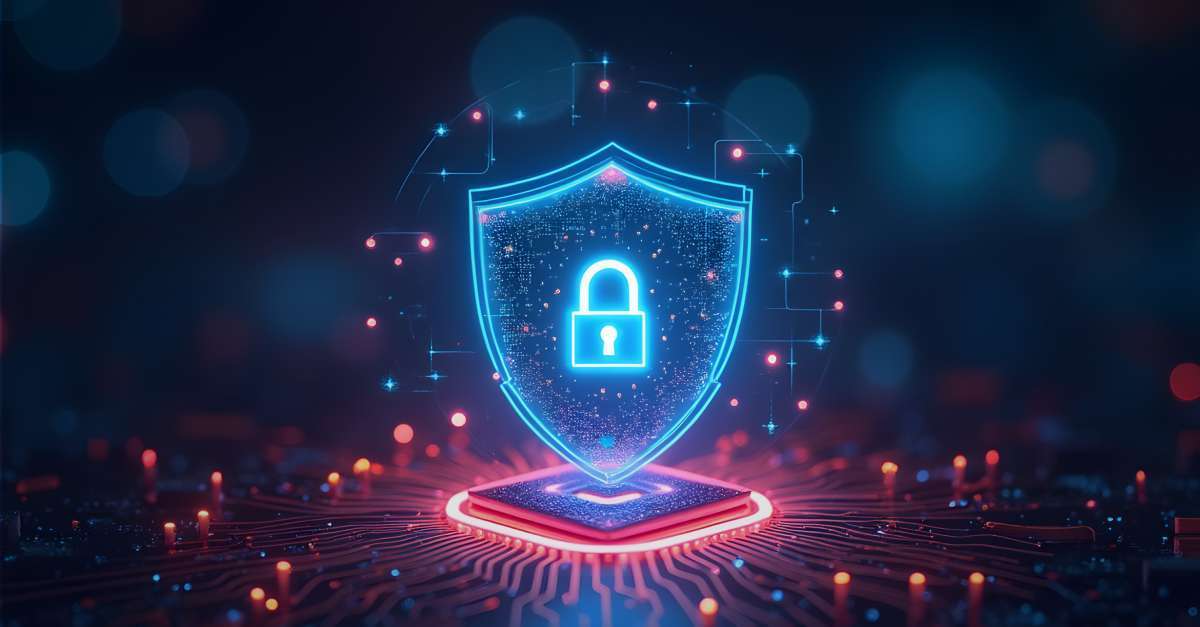Proactive Compliance in Multi-Cloud Healthcare
Cloud adoption is booming in healthcare—but so are the compliance risks. This blog reveals why reactive strategies fall short and how C1’s proactive, expert-led services and technology integrations help healthcare organizations simplify compliance, reduce breaches, and stay audit-ready in multi-cloud environments.
Doug Braun, Sr. Product Marketing Manager










